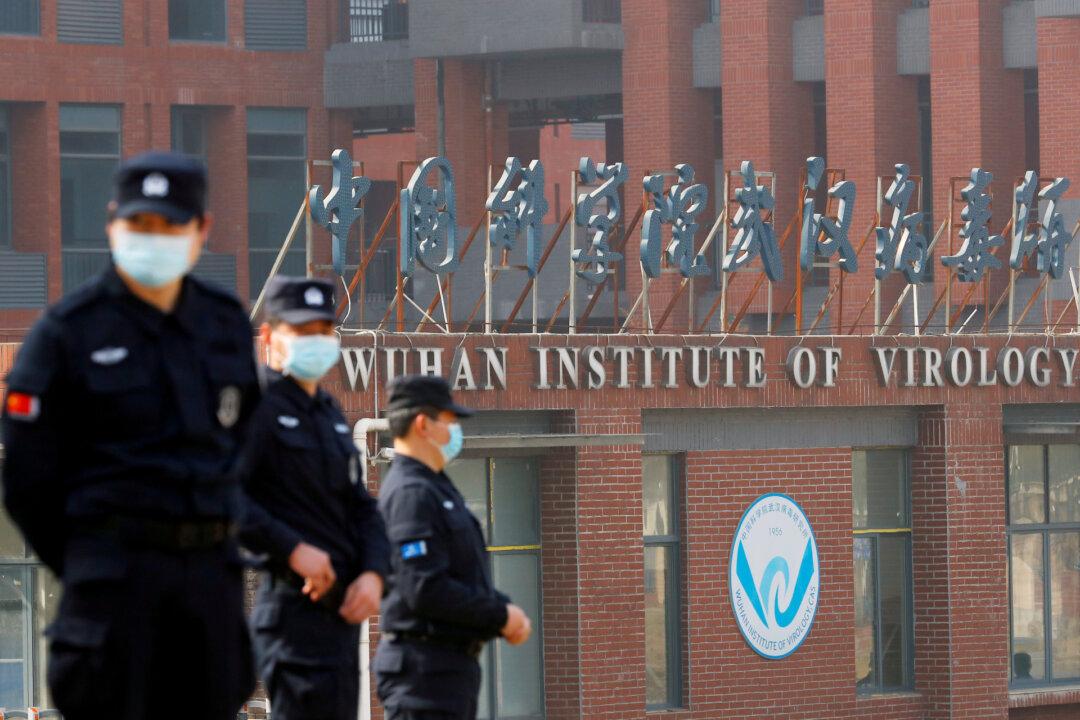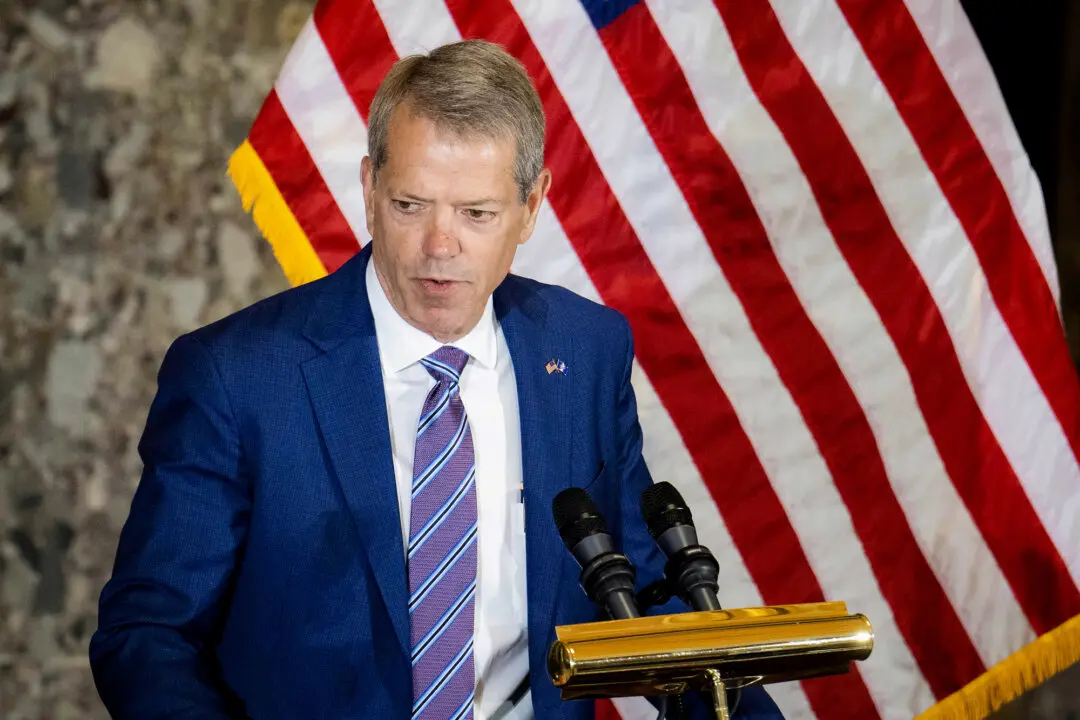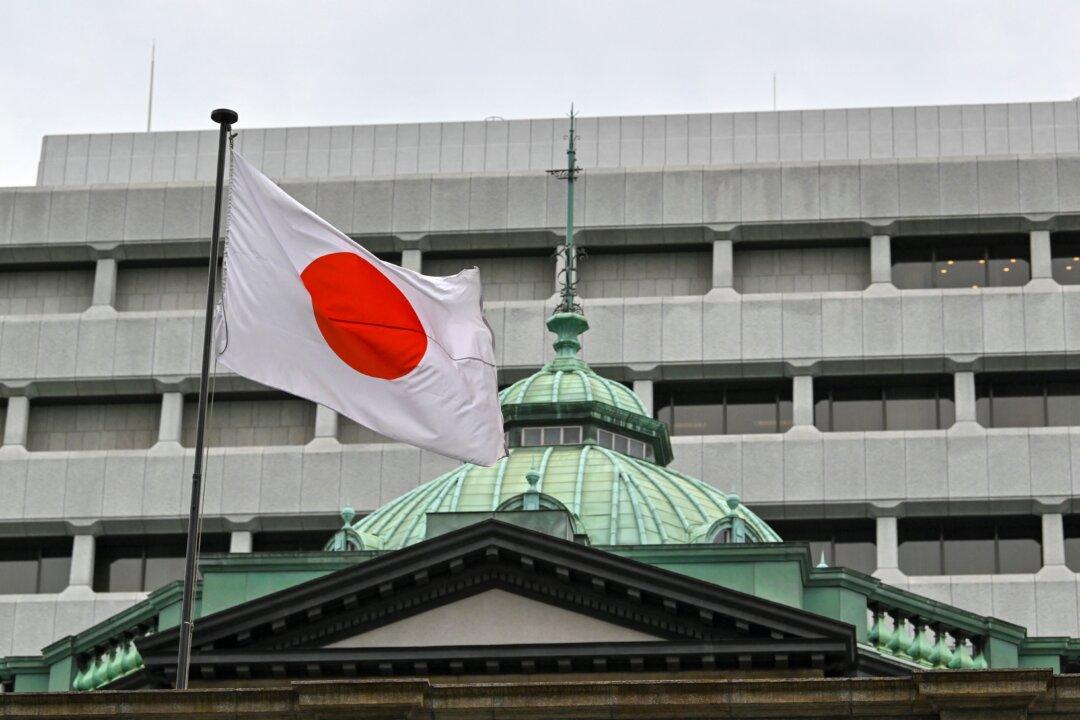An updated assessment from U.S. intelligence agencies on COVID-19 origins concludes that both theories—lab leak and natural jump from animal to human—remain “plausible,” with a lack of evidence driven by Chinese authorities’ refusal to cooperate with the probe precluding a definitive judgment either way.
The report (pdf), released by the Office of the U.S. Director of National Intelligence (ODNI) on Oct. 29, is an update on previous determinations and identifies areas for potential additional research on the source of the CCP (Chinese Communist Party) virus, also known as the novel coronavirus or SARS-CoV-2, the pathogen that causes the disease COVID-19.





